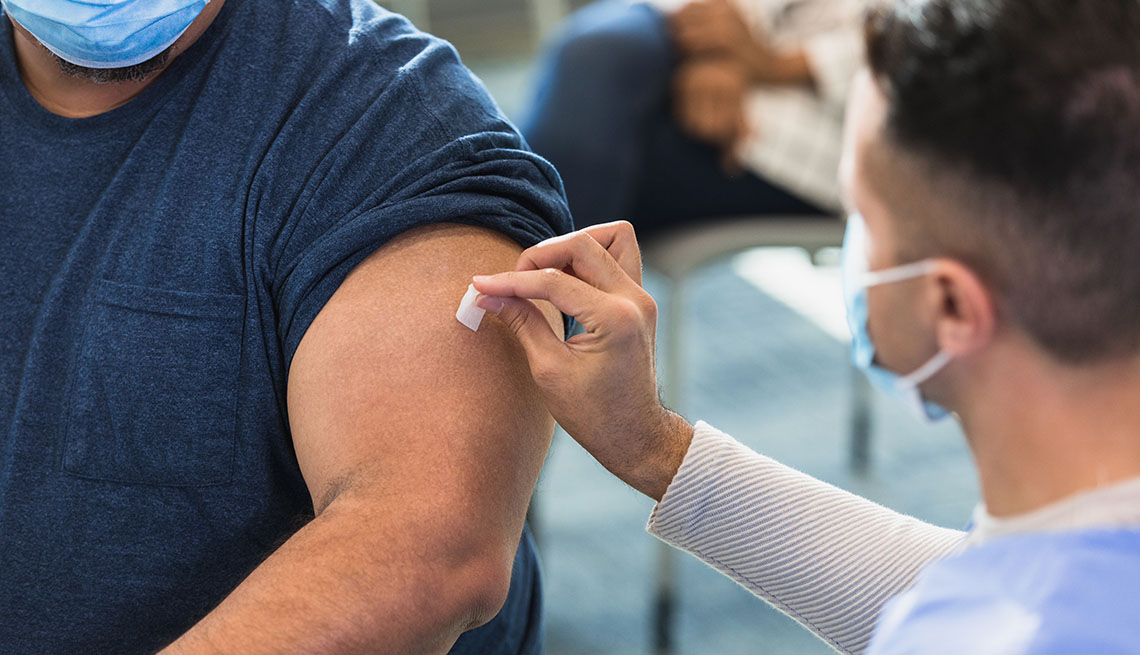Play all audios:
WANING IMMUNITY, RISING CASES _Last year’s federal vaccination campaign sent teams from CVS and Walgreens into the vast majority of the nation’s nursing homes to administer free vaccines to
residents and staff. While staff uptake lagged, most of the country’s nursing home residents were fully vaccinated by the end of March_ _Over the summer, though, nursing homes experienced
steeper increases in COVID cases and deaths than the rest of the country, as studies began to show that vaccination becomes less effective over time, especially in people 65 years and
older. _ In September, the CDC recommended a booster of the Pfizer vaccine for nursing home residents six months after completing their second shot. In October, the CDC also recommended
Moderna and Johnson & Johnson boosters for residents. While nursing home workers became eligible for boosters at the same time as residents, the CDC did not officially recommend
boosters for workers until late November, when the omicron variant emerged and all Americans 18 and older were told they “should” get a booster. In the meantime, COVID-19 cases started
rising again in the U.S. In nursing homes specifically, resident and staff cases increased each week nationally, from around 6,300 for the week ending Oct. 31 to 8,000 for the week ending
Nov. 21, AARP’s analysis shows. “It’s not looking good,” says Jennifer Schrack, an associate professor in the epidemiology of aging at the Johns Hopkins Bloomberg School of Public Health.
“This virus is hard to predict, but we’re expecting a surge in January, especially because of this new variant.” AARP’s analysis shows that booster uptake varies widely from state to state.
Across Arizona’s nursing homes, just 17 percent of residents and 6 percent of staff were boosted as of Nov. 21, representing the lowest rate in the county. In Vermont, meanwhile, which
reported the highest rates in the country, 70 percent of residents and 36 percent of staff were boosted. Coverage tends to be higher than average in the Northeast and Great Plains regions
and lower than average in the South. _“This is not a time for governments to wait to be asked for help,” Reinhard says. “This is a time we should assume nursing homes need help because
that’s what this data is telling us.”_ _MORE FACILITIES PLAN FOR BOOSTERS_ The booster uptake rate for nursing home residents is similar to that of American adults 65 and over, says Jennifer
Kates, senior vice president and director of global health and HIV policy at the Henry J. Kaiser Family Foundation. She notes the booster rate for nursing home residents and older Americans
is much higher than that of the general population.

